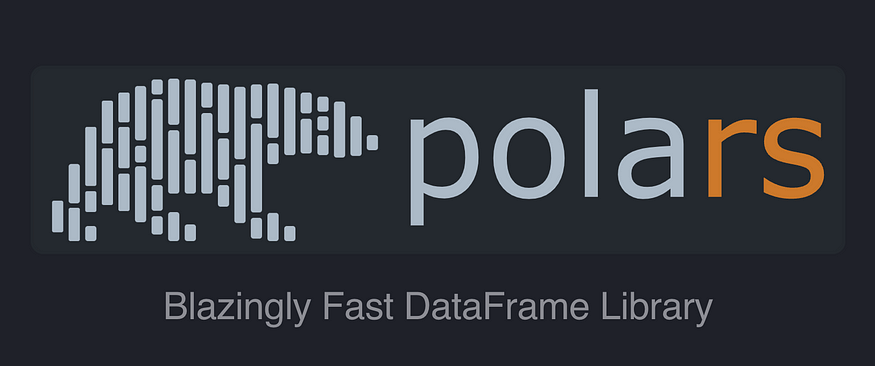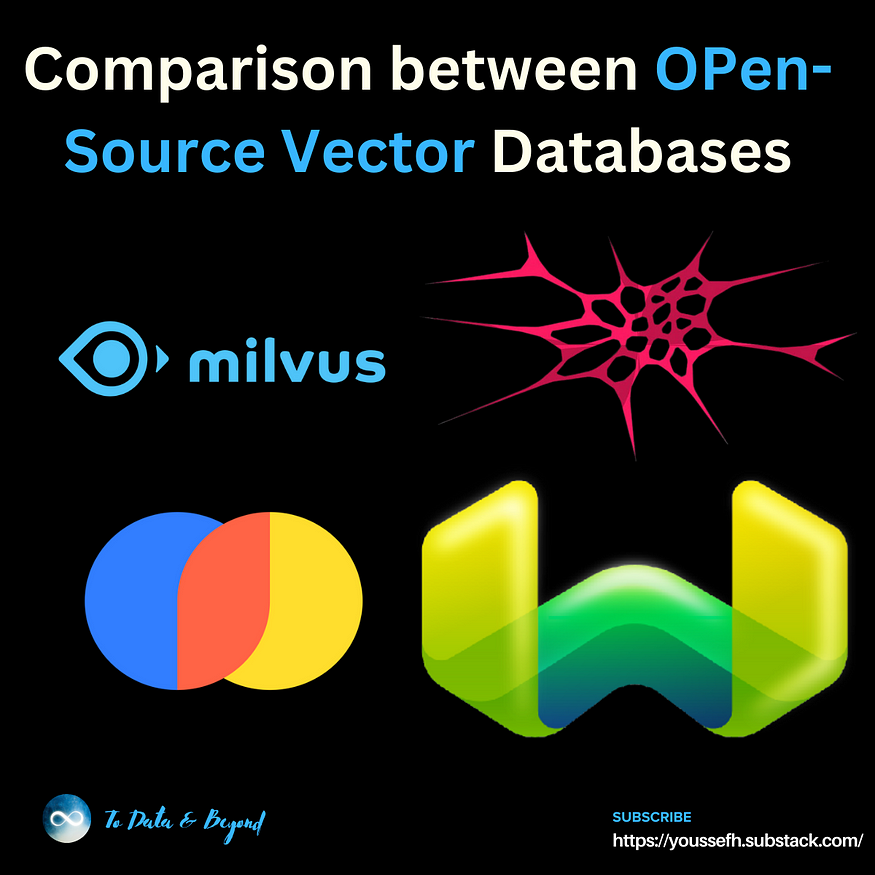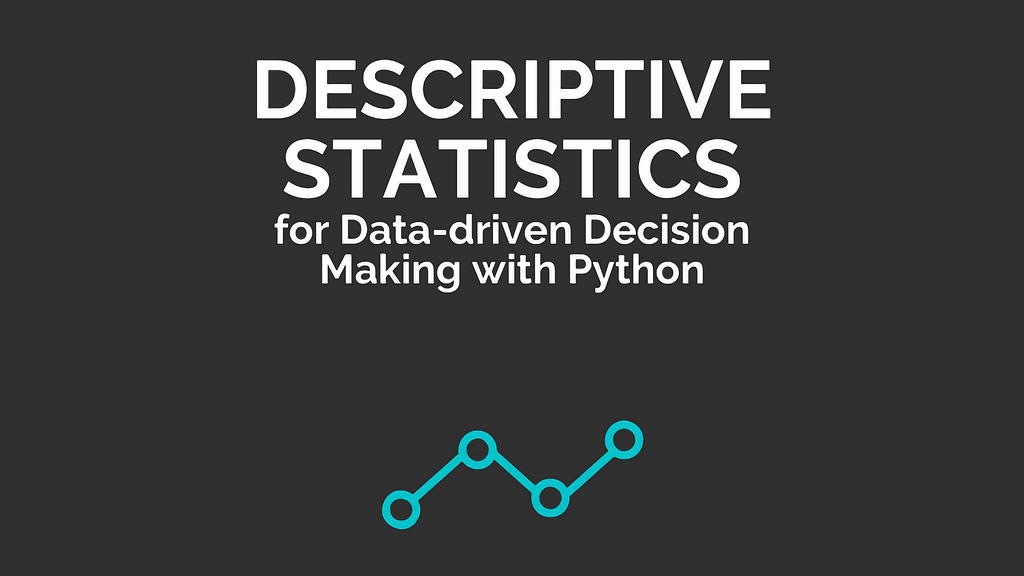
How I Build Machine Learning Apps in Hours… and More!
Last Updated on November 10, 2021 by Editorial Team
Author(s): Towards AI Team
Newsletter
What is new in the AI world, the release of our book, and our monthly editorial picks
If you have trouble reading this email, see it on a web browser.
Happy Monday, Towards AI family! To start your week with a smile, we recommend you to check out “Superheroes of Deep Learning Vol 1: Machine Learning Yearning” by Falaah Arif Khan and Professor Zachary Lipton, an exciting, hilarious, and educational comic for everyone who is or has worked with data in the past.
If you are into research, NeurIPS recently posted its findings during the 2020 paper reviewing process, with some insights on the submission and historical data on primary subject areas, acceptance rate, ratings, and so on for the past two years.
Next, if you have a Ph.D. and you are in the job market for a faculty position, we recommend you to check out the faculty openings in the Machine Learning Department at Carnegie Mellon. They currently have multiple tenure track and teaching track opportunities for you researchers out there!
If you are into tinkering with data and you are interested in forecasting epidemics (specifically COVID-19 in this case). We recommend you to check out this post by Kathryn Mazaitis and Alex Reinhart on how to access COVIDcast’s Epidata API, which provides freely available data to CMU Delphi’s COVID-19 surveillance streams.

📊 For a limited time, we are taking discounted pre-orders on our book “Descriptive Statistics for Data-driven Decision Making with Python” — a guide to straightforward, data-driven decision making with the help of descriptive statistics. Ordering our book also gives you access to any future updates made to it — support Towards AI’s efforts and help us improve to provide you with better content. 📊
Now into the monthly picks! We pick these articles based on readership, fans, and views a specific piece gets. We hope you enjoy reading them as much as we did. Also, we started doing something new! We will pick our top ten performing articles, and our editors will choose one to two essays that didn’t have outstanding performance, but due to its quality — made the cut for the month.
If you can, please share our subscription link with your friends, colleagues, and acquaintances. We promise we won’t spam their inbox. If you have any feedback regarding our newsletter, please feel free to send us an email.
📚 Editor’s choice featured articles of the month ↓ 📚

How I Build Machine Learning Apps in Hours by Arunn Thevapalan
Wrapping ML models into apps in hours is no more a big deal. If you know Python, trust me, you know Streamlit. If you know Streamlit, trust me, you can do it too. I’m going to tell you precisely how I did and walk you through a real-world example. Stay with me till the end, and you’ll be amazed how much you’ll learn in such a short time. Let’s roll!…
[ Read More ]

Using a TensorFlow Deep Learning Model for Forex Trading by Adam Tibi
I have previously created a model to predict the Forex market: Pragmatic Deep Learning Model for Forex Forecasting. Now we want to use this model for trading under a commercial trading platform and see if it is going to generate a profit. The techniques used in this story are focusing on the model in my previous story, but they can be tweaked to fit another model. The intention here is to make the model usable by other systems, e.g., a trading platform. You can find the source code for this story in directories “LSTM-FX-CTrader-Client” and “LSTM-FX-Prediction-Server” here…
[ Read More ]
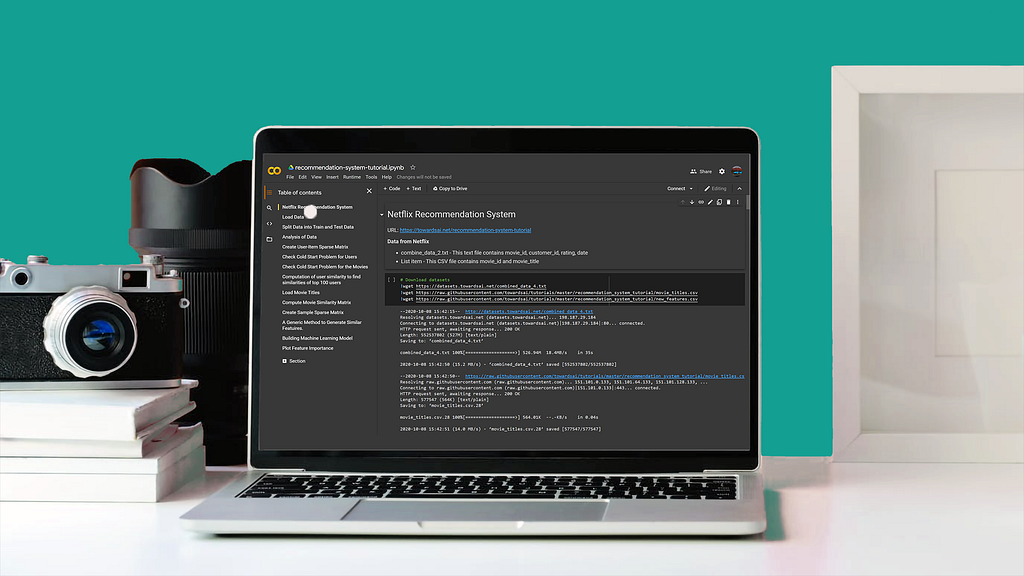
Google Colab 101 Tutorial with Python — Tips, Tricks, and FAQ by Towards AI Team
Google Colab is a project from Google Research, a free, Jupyter based environment that allows us to create Jupyter [programming] notebooks to write and execute Python [1](and other Python-based third-party tools and machine learning frameworks such as Pandas, PyTorch, Tensorflow, Keras, Monk, OpenCV, and others) in a web browser…
[ Read More ]

Start Machine Learning in 2020 — Become an expert from nothing, for free! by Louis (What’s AI) Bouchard
I’m asked the same question multiple times a day on my social media. The question is, “How can I start in machine learning?”. It frequently takes multiple forms, such as “How can I start for free?” or “How can I start if I don’t have a developer background,” etc. So I decided to write a complete guide on how to start in machine learning in 2020 from no background at all, and for free. Because of these pertinent questions, I’ve researched a lot of resources and saved the best ones on a notepad over the past year to quickly answer the next upcoming questions…
[ Read More ]
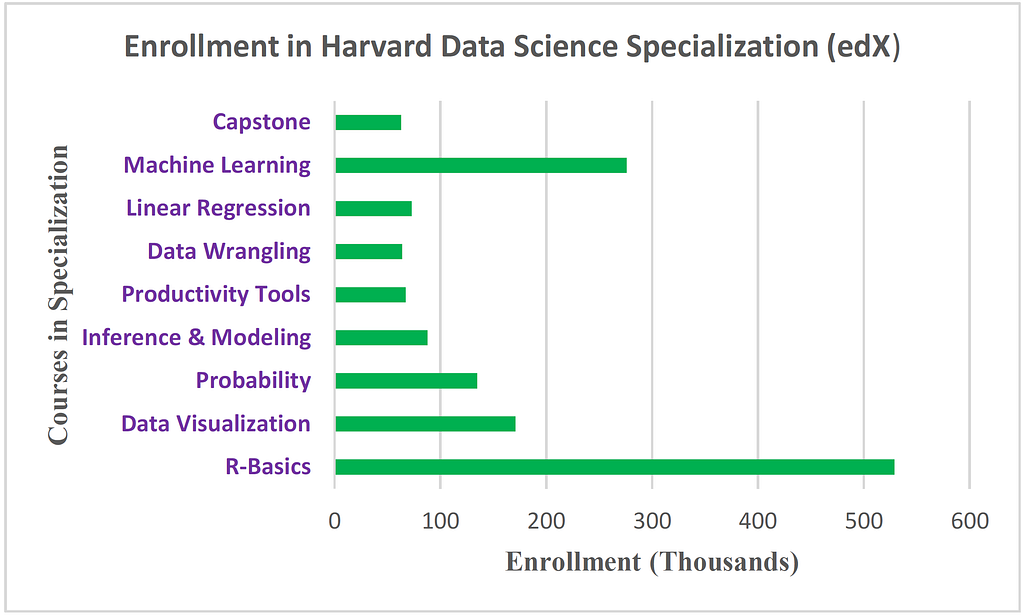
Completion Rate for MOOC Data Science Specializations is Very Low by Benjamin Obi Tayo, Ph.D.
Data Science, Machine Learning, and Analytics are considered to be among the hottest career paths. The demand for skilled data science practitioners in industry, academia, and the government is rapidly growing. The ongoing “data rush” is, therefore, attracting so many professionals with diverse backgrounds such as physics, mathematics, statistics, economics, and engineering. The job outlook for data scientists is very positive. IBM predicts the demand for data scientists to soar 28% by 2020…
[ Read More ]

Can AlphaZero play Curling? 🥌 by Mikhail Simin, Ph.D.
A board with discrete spaces can be easily represented as a small image. A chessboard would fit into an image of size 8 pixels by 8 pixels. For comparison, the stock photo above is 960 pixels by 640 pixels. Convolutional Neural Network (CNN) was specifically designed to do image analysis. It learns faster than a fully connected artificial neural network (ANN) because some neuron connections are removed a priori. Most boards can be easily represented as images. Each piece on the board would have its unique value or “color,” and each pixel would correspond to a square on the board. To represent the game, Go only 3 color values would be needed to represent white, black, and unoccupied…
[ Read More ]

Why JavaScript Is A Good Choice For Beginners by Catalin Pit
JavaScript is the de-facto language used in web development, and for good reasons. It is a versatile language, easy to start with, and popular. As a result, you can:
- Build all types of applications. For instance, mobile, smartwatch, and web applications.
- Start coding in JavaScript by only using your browser.
- Quickly and easily find any type of tutorials…
[ Read More ]

600 NLP Datasets and Glory by Quantum Stat
Welcome back. Today’s newsletter will be a little different. We want to update everyone on the current state of the Big Bad NLP Database 😎. First, want to mention that today, we updated the database with 10 new datasets taking us past 600 total or 50 new datasets for the month of September! We want to take this time to thank everyone who contributed to the BBND over the past year to make this repository one for the ages…
[ Read More ]
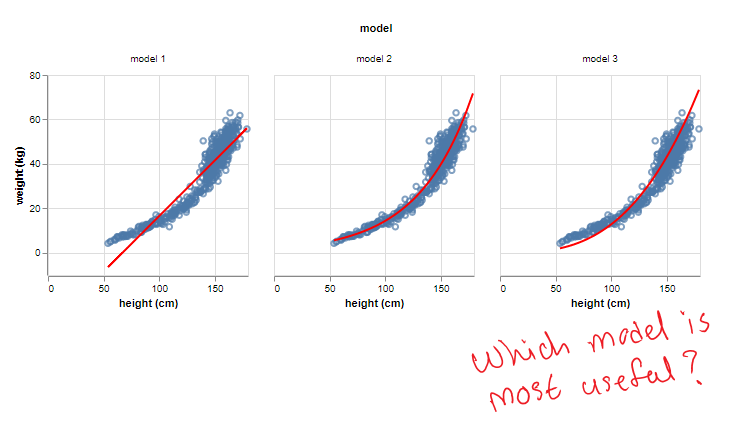
Introduction to Bayesian Inference by ___
Let’s divide the universe of models into two types: statistical and scientific. Both classes of models aim to understand the relationship between a target variable, i.e., the y, and a set of features, i.e., the x. The former aims to find statistically sound relationships based on data while the latter has the property of being able to describe a cause and effect relationship. All the examples in this series have used statistical models, e.g., GLMs, to illustrate a concept in Bayesian inference. However, Bayesian inference is just as relevant to building scientific models…
[ Read More ]

Introduction to Quantum Computing with Python and Qiskit by Bala Priya C
This is a blog post on getting started with quantum computing using Python and IBM Qiskit, inspired by Sara A. Metwalli’s webinar in the Women Who Code Python Track. What is Quantum Computing? Quantum Computing refers to the use of quantum mechanical phenomena such as superposition and entanglement to perform computation. To understand quantum phenomena, it’s important to understand qubit, the unit of quantum information, and the concepts of superposition and entanglement…
[ Read More ]

Deep Learning Algorithms For Solving Advanced Mathematical Problems by S K Dasaradh
Ever tried building a neural network model to solve simple math problems? Like multiplication of two numbers or square of a number? Then you would have probably realized neural networks are not designed to solving these simple problems. You would need a comparatively complex model just to approximate the square of a number. It wouldn’t be perfect either…
[ Read More ]

50+ Object Detection Datasets from Different Industry Domains by Abhishek Annamraju
Computer Vision is such a fast-paced field that everyday loads of new techniques and algorithms are presented in different conferences and journals. Theoretically, when it comes to object detection, you learn about multitudes of algorithms like Faster-rcnn, Mask-rcnn, Yolo, SSD, Retinenet, Cascaded-rcnn, Peleenet, EfficientDet, CornerNet…. This list is never-ending!
[ Read More ]
🙏 Thank you for being a subscriber with Towards AI! 🙏
Follow Towards AI ↓
Facebook | Twitter | Instagram | LinkedIn | Github | Google News
How I Build Machine Learning Apps in Hours… and More! was originally published in Towards AI on Medium, where people are continuing the conversation by highlighting and responding to this story.
Published via Towards AI

 Logo:
Logo:  Areas Served:
Areas Served: 





